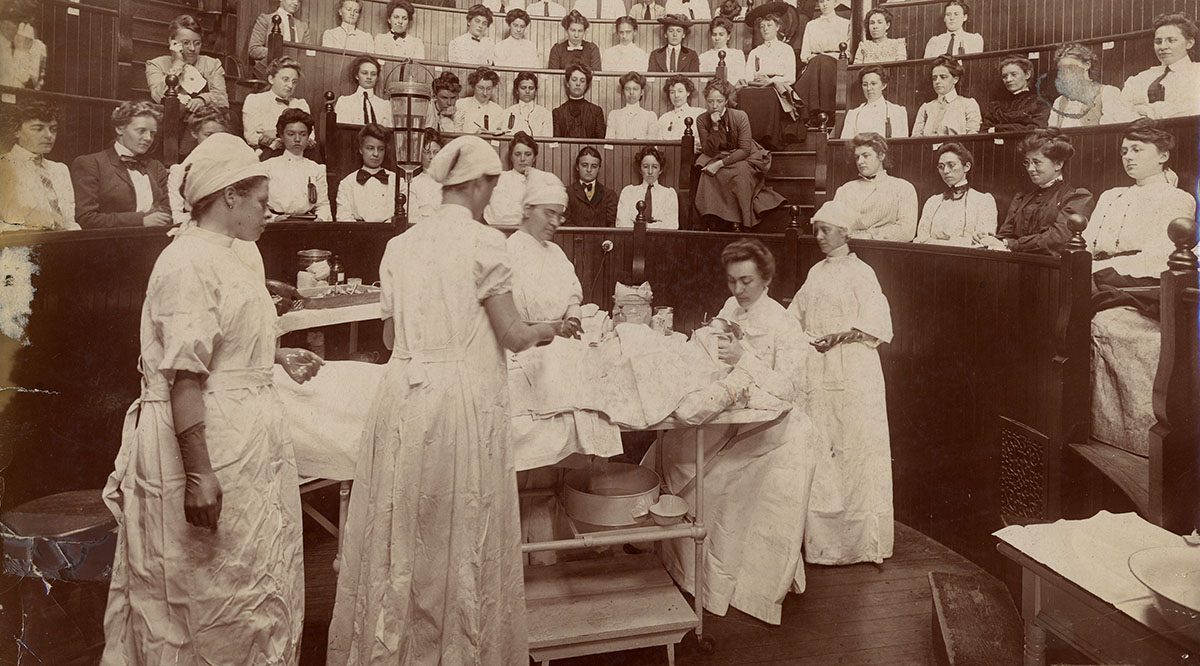
FAQ About Women in the History of Medicine
Women in the History of Medicine
2 years ago | gizem
How did the women's suffrage movement intersect with the history of women in medicine?
The women's suffrage movement and the history of women in medicine intersected in significant ways, as both movements aimed to challenge societal norms and expand opportunities for women. Here are some key points of intersection between these two movements:
- Education and Access: Both movements sought to expand women's access to education and professional opportunities. Suffragists argued that women's full participation in society required access to education, including medical education, to achieve greater autonomy and influence.
- Prominent Suffragist Physicians: Several prominent suffragists were also physicians. Notable examples include Dr. Elizabeth Blackwell, the first American woman to earn a medical degree, and Dr. Mary Edwards Walker, a Civil War surgeon and suffragist. These women used their medical credentials and experiences to advocate for women's rights.
- Healthcare Reform: Women in both movements recognized the importance of healthcare reform. Suffragists understood that women's health concerns needed attention, and female physicians advocated for improved healthcare for women and children.
- Women's Health Clinics: Female physicians played a pivotal role in establishing women's health clinics and providing reproductive healthcare services, particularly in the early 20th century. These clinics often became centers for women's advocacy and education.
- Advocacy for Maternal and Child Health: Suffragists and female physicians also worked together to promote maternal and child health initiatives. They believed that women's suffrage could lead to better healthcare policies and support for mothers and children.
- Advocacy for Gender Equality: Both movements were interconnected in their broader goals of gender equality. Suffragists argued that women should have a voice in shaping policies that affected their lives, including healthcare policies. Female physicians advocated for equal opportunities within the medical profession and the recognition of their expertise.
- Advancement of Women in Healthcare: As women gained the right to vote and gained access to education and professions, more women pursued careers in healthcare, including medicine and nursing. The suffrage movement contributed to the broader societal shift toward recognizing women's capabilities in various fields.
- Legislation and Policy Change: Women's suffrage efforts ultimately led to legislative and policy changes that impacted healthcare, such as the Women's Bureau within the U.S. Department of Labor, which focused on women's working conditions and health.
- Networking and Collaboration: Suffragists and female healthcare professionals often collaborated, creating networks that supported women's rights and healthcare initiatives. These collaborations helped advance both movements.
